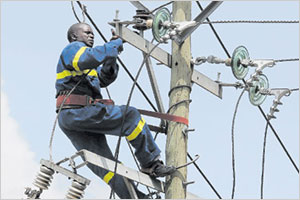
In its 2017 World Economic Outlook, the International Energy Agency (IEA) said energy for all in the region is achievable by 2030, provided 95% of the US$52 billion investment per year enforced worldwide for electricity-for-all goes into sub-Saharan Africa.
The region may be a laggard on access for power, but the situation has changed effectively in recent times, and now 71% of the region’s urban residents have power. The rise in power capacity has created a strong and growing demand for electrical appliances.
While many urban households have been able to get connected recently, most rural areas remain in the dark, with a penetration rate of just 22% in the countryside. Wiring rural communities up often proves expensive because of the long distances involved.
